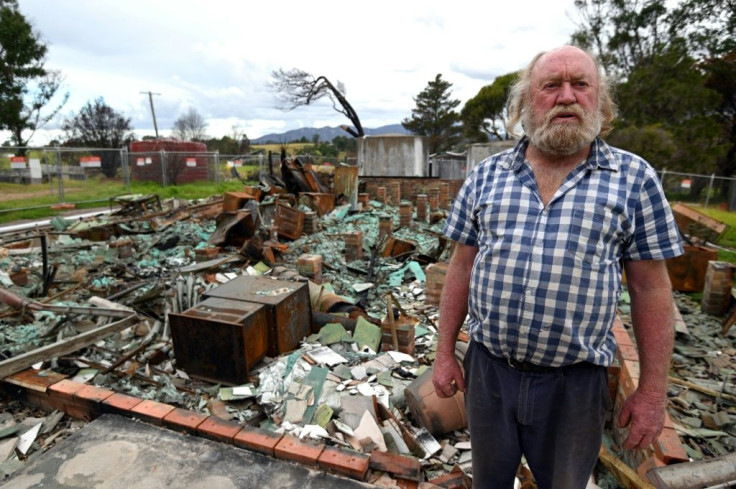Climate Change 'Clearly' Fuelled Australia Bushfires: Inquest
Australia's devastating 2019-2020 bushfires were "clearly" fuelled by climate change, a government inquiry reported Tuesday following some of the largest forest fires ever recorded worldwide.
With this year's fire season already underway, authorities recommended urgent action to limit the impact of extreme blazes, expected "to become more frequent" in future.
The deadly bushfires raged for nine months to March and were most severe in New South Wales state, where 11,000 fires burned over 5.5 million hectares (13 million acres) -- the size of many countries.
After months of consultation and expert testimony, the New South Wales government on Tuesday published a 436-page report on the crisis that destroyed more than 2,400 homes in the state and left 26 people dead.
The text included dozens of recommendations and featured a blunt rebuke of those who insisted the fires were nothing to do with climate change.
"Climate change as a result of increased greenhouse gas emissions clearly played a role in the conditions that lead up to the fires and in the unrelenting conditions that supported the fires to spread," it read.
The report noted it was impossible to say what precise role climate change had played in producing the complex range of climatic conditions that helped fuel the fires.
Those conditions included a years-long drought, high winds, thunderstorms and low humidity.
While cautioning that "climate change does not explain everything that happened", the authors noted that the catastrophic conditions were "consistent with what climate change projections have been saying will happen".

"Extreme fires and fire seasons are likely to become more frequent," they warned.
The report also rubbished suggestions by those opposing action on climate change -- including some inside Australia's conservative government -- that arson and insufficient forest clearance were to blame.
Only 11 of the blazes in New South Wales were found to have been the work of an arsonist deliberately trying to start a bushfire.
Many of the largest fires were caused by lightning strikes in remote areas, the document said.
The report's recommendations largely focused on disaster response and mitigation, including the use of technology to detect remote fires more quickly, and increased aerial water-bombing to stop them growing beyond control.
"We couldn't get to all the new fires quickly enough, many of which were started by lightning in remote or rugged terrain," the report said.
"The scale of the fires stretched the capacity of the fire authorities and the underpinning systems to respond."
But there was also a warning that Australians may have to come to terms with "new extreme" conditions.
Bushfire-prone Australia has seen dozens of inquests into the causes of bushfires and steps that could be taken to mitigate them.
But many measures recommended by inquiries going back to the 1930s have still not been implemented.
A national-level Royal Commission is expected to produce its findings about the crisis by the end of the month.
© Copyright AFP 2024. All rights reserved.




















